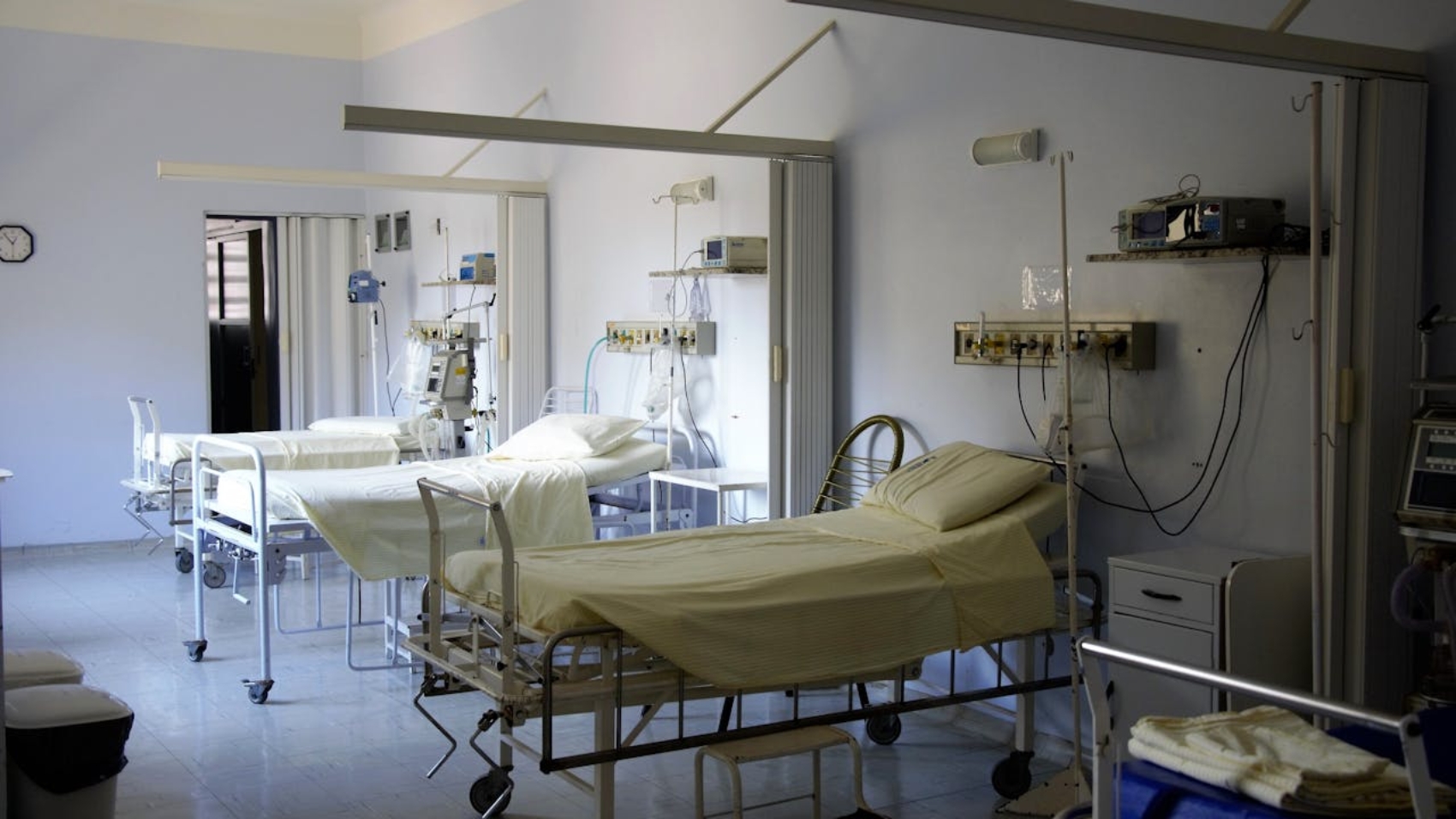The increasing demand for specialized rheumatology care has put a strain on healthcare systems globally. Patients often face long wait times, which can lead to worsening conditions and delayed treatment. Implementing triage systems for rheumatology referrals is a transformative approach that ensures patients receive timely and appropriate care.
Triage not only improves wait time benchmarks but also optimizes resource allocation, providing significant benefits to both patients and healthcare providers.
What Is Triage in Rheumatology?
Triage in rheumatology involves prioritizing patient referrals based on the urgency of their condition. This system allows healthcare professionals to assess and categorize referrals quickly, ensuring that critically ill patients receive prompt care while others are seen based on their needs.
By utilizing structured criteria, triage streamlines the referral process, prevents delays in treatment, and enhances overall patient outcomes.
Why Triage Matters in Rheumatology Referrals
Delays in diagnosing and treating rheumatologic conditions, such as rheumatoid arthritis or lupus, can result in irreversible damage and reduced quality of life. Early intervention is critical, particularly for inflammatory conditions where treatment can prevent joint damage and long-term disability.
A triage system helps by:
- Identifying Urgent Cases: Ensuring patients with severe or rapidly progressing conditions are prioritized.
- Reducing Wait Times: Categorizing cases allows clinics to manage their schedules more effectively.
- Improving Resource Use: Directing specialized care to those who need it most while managing less critical cases appropriately.
How Triage Systems Work
Effective triage systems rely on clear guidelines and trained personnel to assess referrals. The process typically involves:
- Initial Screening: Using standardized criteria to evaluate the urgency of symptoms and clinical history.
- Categorization: Assigning patients into categories such as urgent, semi-urgent, or routine.
- Follow-Up Coordination: Scheduling appointments and ensuring patients with urgent needs are seen quickly.
Some systems incorporate digital tools or artificial intelligence to enhance accuracy and efficiency. These technologies analyze referral information to flag high-priority cases automatically.
Meeting Wait Time Benchmarks
Wait time benchmarks vary by country and healthcare system but generally aim to provide urgent care within weeks and routine care within months. Triage plays a crucial role in meeting these benchmarks by:
- Reducing Bottlenecks: A well-implemented triage system prevents clinics from being overwhelmed by non-urgent cases.
- Enhancing Patient Satisfaction: Faster access to care improves trust and satisfaction among patients.
- Achieving Equity: Triage ensures fair access to care, prioritizing based on medical need rather than order of referral.
Challenges in Implementing Triage
Despite its benefits, implementing a triage system comes with challenges:
- Resource Constraints: Limited staff or funding can hinder the establishment of triage protocols.
- Training Requirements: Ensuring that healthcare professionals are skilled in triage assessment is critical.
- Patient Communication: Explaining triage decisions to patients can sometimes be challenging, requiring transparency and empathy.
Overcoming these barriers requires investment in training, infrastructure, and technology.
Success Stories: Triage in Action
Healthcare systems that have adopted triage for rheumatology referrals report notable improvements. For instance:
- Clinics have reduced wait times for urgent cases by up to 50%.
- Patients with inflammatory arthritis often receive treatment within benchmark timelines, preventing joint damage.
- Routine cases are managed more efficiently, with follow-up care integrated seamlessly into clinic operations.
The Role of Technology in Triage
Modern triage systems increasingly leverage technology to improve accuracy and efficiency. Electronic referral systems, powered by artificial intelligence, can analyze clinical data to flag high-risk cases. These tools also streamline communication between primary care providers and specialists, ensuring a smooth referral process.
Telemedicine has also emerged as a valuable complement to triage. Virtual consultations allow specialists to assess patients remotely, further reducing delays in care.
Moving Forward: Optimizing Triage Systems
For triage systems to succeed, continuous improvement is key. Healthcare providers must regularly review and update triage protocols to reflect advancements in medical knowledge and changes in patient demographics. Additionally, feedback from both patients and providers can help fine-tune the process for better outcomes.
Conclusion: Triage as a Solution for Rheumatology Referrals
Implementing triage for rheumatology referrals is essential for addressing wait time challenges and improving patient care. By prioritizing patients based on urgency, healthcare systems can ensure timely intervention for those in critical need while maintaining efficiency for routine cases.
As the demand for rheumatology services continues to grow, triage will remain a cornerstone of effective care delivery. If you’re looking to enhance patient outcomes and meet wait time benchmarks in your practice, consider adopting a structured triage system. It’s a step toward better healthcare for all.






